Ravindra Randeniya: Thespian of a bygone era of Sri Lankan cinema
As I heard Ravindra’s colleagues reflect on his life, his work, and his character over time, I couldn’t help reflecting on where Sri Lankan cinema had been and what it could be. In the 1980s and 1990s, and even earlier, Sri Lanka had been a top destination for international productions. Steven Spielberg had come here with Harrison Ford. So had Gregory Peck, William Holden, Elizabeth Taylor, and Bo Derek.
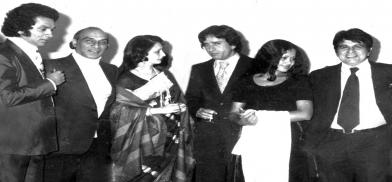
Cinema is more than an art in South Asia. It is a way of life.
Sri Lanka is no exception. Despite its small population, a little more than 22 million, the island’s film industry has won renown abroad. At its peak in the 1960s and 1970s, Sri Lankan films travelled to New Delhi, Tehran, Tashkent, even London and New York, winning international awards.
In 1977, one such film made its way to New Delhi. This was ‘Siripala saha Ranmenika’ (Siripala and Ranmenika). Based on the story of one of Sri Lanka’s most controversial criminal figures, the film had been a box-office hit back home.
The film was received well in India, where guests at a reception for its cast and crew included the iconic actor Dilip Kumar and Prime Minister Indira Gandhi. Also present, filmmaker Satyajit Ray told Malini Fonseka who played the female lead how impressed he was with the execution and acting.
In the context of Sri Lankan and even South Asian cinema, ‘Siripala saha Ranmenika’ represented a new kind of film, with a different type of hero. People were put off by the protagonist, but also moved to sympathy for him.
The real-life Siripala was a colourful figure, escaping from prison more than once. His execution in 1975 led to a massive public outcry. As with Bonnie and Clyde and the ‘bandit queen’ Phoolan Devi, songs, poems, articles, and films sprang up around his story.
‘Siripala saha Ranmenika’ immortalised the man. It also immortalised Ravindra Randeniya, the actor playing him.
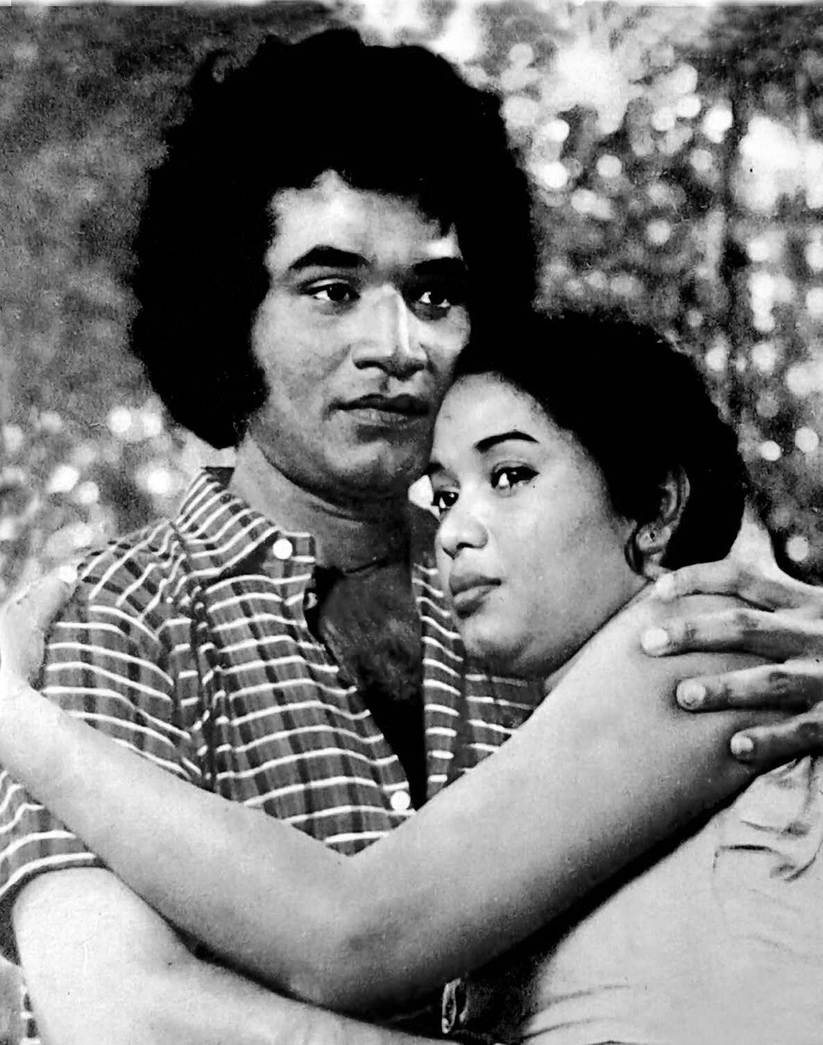
Courtesy Ravindra Randeniya
Film accolades
The film was a watershed in Ravindra’s career. It won him his first award, Best Actor at the Office Catholique Internationale du Cinéma (OCIC) Awards in 1978, organised by the World Catholic Association for Communication.
This couldn’t have come at a better time for the Sri Lankan cinema which had reached its peak at a time when the economy was in dire straits. Academics, playwrights and filmmakers faced almost impossible odds, as the American journalist Sydney Schanberg highlighted in a report for New York Times in 1970.
The difficulties were compounded by the aftermath of Sri Lanka’s first major youth uprising in 1971, crushed by the government. This had massive repercussions.
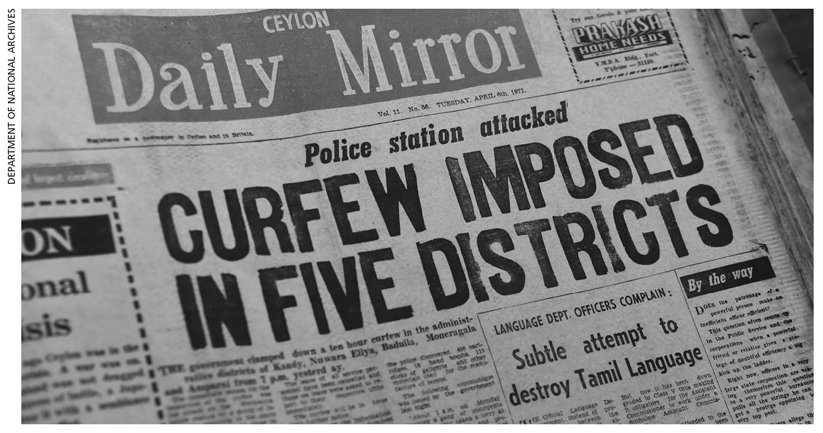
Courtesy LMD and National Archives of Sri Lanka
The 1973 oil crisis immediately afterwards led to a slump that compelled the government to enforce rationing, putting a further strain on the population.
Yet, the film industry flourished. In 1970, a socialist government came to power promising to look into the industry’s issues and to promote local cinema. Two years later, it set up a National Film Corporation. Its first General Manager, D. B. Nihalsinha, led reforms that centralised the production, distribution, and exhibition of films. Cinema attendance increased, peaking at 74.9 million in 1979.
The Film Corporation also instituted a comprehensive support scheme for first-time filmmakers, with concessionary loans partly financed by the state-run People’s Bank. These loans were tied to the quality of the script. With such measures, the government squared the circle, ensuring more films of better quality.
The 1970s, in one sense, marked Sri Lanka’s counterculture moment. Young directors were experimenting with new styles and exploring new themes. Government policies pushed these artists, many fresh out of university, to enter the field.
Their films ran at festivals in India and Western countries. They won awards and accolades abroad, bringing recognition for their actors. Ravindra Randeniya came to represent this set of actors.
A star is born
Ravindra Randeniya was born on June 5, 1945, to a middle-class Sinhala family in Kelaniya, a village some 10 kilometres from the capital Colombo. He was the second of four brothers and two sisters. His father was a businessman who ran a leading brass company in the country. His mother was a housewife.
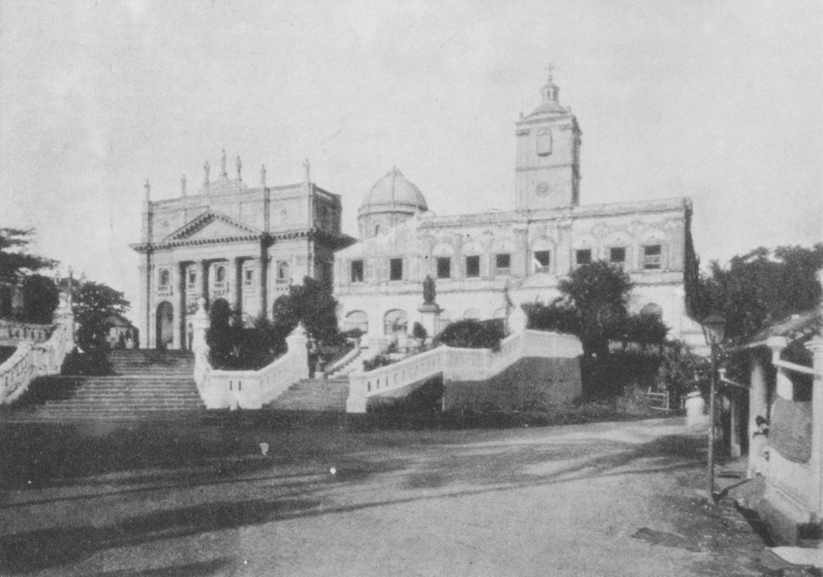
Courtesy “Twentieth Century Impressions of Ceylon” (1907)
Initially, Ravindra attended a church-run school close to home. The family, devout Catholics, later sent him to Sri Lanka’s oldest active Catholic school, St Benedict’s College, in Colombo. There he gained an interest in literature and the arts. That interest survived, transcending his ambition to become a doctor.
These were years of artistic ferment in Sri Lanka. Ravindra was in his second year at school in 1956 when an election brought to power a nationalist government. Its policies oversaw the gradual dismantling of the colonial order.
These developments gave political expression to a cultural revival. It empowered a new generation of novelists, poets, painters, filmmakers, and playwrights.
In 1969, Ravindra saw an advertisement calling for applications to the Lionel Wendt Theatre Workshop, a theatre school in Colombo. It was to be overseen by some of the country’s leading artists and scholars.
Ravindra applied for the workshop. Much to his delight, he got in.
Over the next three years, he attended class after class, picking up the intricacies of the art of acting. He embarked on his film career in 1971, before receiving a diploma. His first film, Kalyani Ganga, came out in 1974. He immediately got to work with the leading Sri Lankan directors of the day, including Lester James Peries.
Expansive repertoire
From the beginning, Ravindra refused to be selective. He wanted to broaden his range. “An actor’s duty,” he once told me, “is to bury himself under his characters, rather than submerge them under his personality.” His philosophy served him well.
He maintains that the 1980s were his most productive period. Towards the end of that decade, he was acting in two to four films a year, playing a wide repertoire of roles.
His repertoire expanded considerably. He played lovers and husbands (Aradhana, 1981), tribal chiefs (Sathweni Dawasa, 1981), murderers and womanisers (Dadayama, 1983, and Maya, 1984), farmers and cultivators (Maldeniye Simion, 1986, and Sagara Jalaya, 1988), and mutes and cripples (Janelaya, 1987, and Siri Medura, 1989). Their lack of uniformity fit in with his wishes: he did not want a signature role.
Ravindra’s work got him noticed by foreign filmmakers. He soon got to collaborate with them. His international productions included two biopics on Mother Theresa, one with Geraldine Chaplin, the other with Olivia Hussey.
Decades earlier, in 1975, Ravindra had met and worked with Ben Kingsley in a joint British-Sri Lankan production, The God King. Later, he got to befriend acclaimed Indian actors like Roshan Seth.
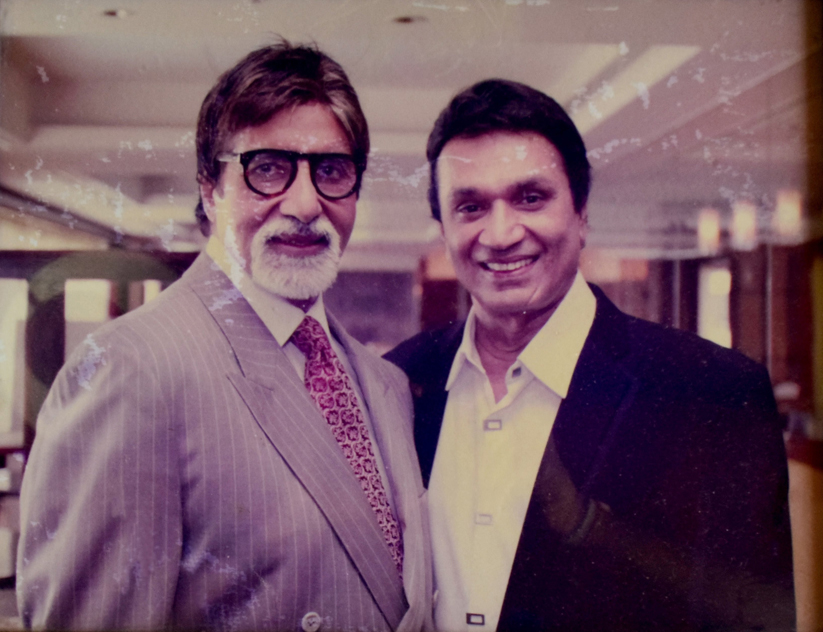
At one point, Ravindra joined the ranks of South Asian actors entering politics. Motivated by the need to address the problems facing the film industry, he served first as a National List (nominated by the party leader, 2000-2001) member of parliament. From 2001-2004, he served as an elected parliamentarian. Eventually, however, he realised that this was distancing him from his profession.
After his party lost a general election in 2004, he thus left politics altogether, vowing never to return. Except for a brief stint as a presidential advisor in 2008, he kept that promise. He continued acting. His most recent film, “Reedi Seenu” (Silver Bells) was released in March this year.
Telling his story
In 2023, I got an unexpected call from Ravindra Randeniya asking if I would write his biography. He wanted to launch it in 2024, marking 50 years since he began his film career.
“Would you do it?” he asked me gently.
To write the biography of someone who has long been an indelible part of our lives and our culture, from my grandparents’ generation to my own, and the Zoomers after me? This was a dream come true.
Over the next few months, I visited Ravindra at his residence several times. I listened as he reflected on his career, his life, his work, and allowed myself to be taken back in time.
By April 2024, I had managed to put together a concise, but somewhat comprehensive biography. It was launched on June 5, Ravindra’s 79th birthday, along with another biography, in Sinhala, by the film critic and journalist Gamini Weragama.
Dr Ranga Kalansooriya, a leading journalist and media academic who co-founded Factum, an Asia-Pacific focused think-tank where I work, headed the team which put together the launch ceremony. A galaxy of actors and actresses, politicians and officials, and fans flocked to the venue, one of Colombo’s largest convention centres.to honour a colleague, a co-star, a guide and a mentor.
As I heard Ravindra’s colleagues reflect on his life, his work, and his character over time, I couldn’t help reflecting on where Sri Lankan cinema had been and what it could be.
In the 1980s and 1990s, and even earlier, Sri Lanka had been a top destination for international productions. Steven Spielberg had come here with Harrison Ford. So had Gregory Peck, William Holden, Elizabeth Taylor, and Bo Derek.
This era has long gone. It was hard to come to terms with that.
Ravindra is “a living treasure,” a young actor remarked at the event. A living monument or testament, to the possibilities of the Sri Lankan cinema, would be more apt.
“In Sri Lanka, before cricket, there was cinema,” Ravindra commented in his speech, talking in Sinhala.
Today, however, even cricket seems to have deteriorated.
I know it is futile to dwell on the past. Yet the past is key to the future. In charting a viable path for it, I think the Sri Lankan cinema will need another Ravindra, just as cricket needs another Arjuna Ranatunga or Muttiah Muralitharan
(The author is a writer, analyst, and researcher who recently authored Ravindra Randeniya’s biography, ‘Ravi’, (Ravindra Randeniya and Fast ADS Pvt Ltd, 2024). He is the Chief International Relations Analyst at Factum, an Asia-Pacific focused foreign policy think tank in Colombo. He can be reached at udakdev1@gmail.com. By special arrangement with Sapan)
dos vídeos, pois as publicações ainda podem ser remixadas no Instagram.
from right here. I did however expertise a few technical issues using this web site, as
I experienced to reload the website many times
previous to I could get it to load properly. I had been wondering if your web hosting is OK?
Not that I am complaining, but sluggish loading instances times will sometimes affect your placement in google and can damage your high-quality score if ads and marketing with Adwords.
Well I'm adding this RSS to my e-mail and can look out
for much more of your respective exciting content. Make sure you update this again very soon.
Look advanced to more added agreeable from you! However, how can we communicate?
-Notify me when new comments are added- checkbox and from now on whenever a comment is added I recieve four emails with the same comment.
Perhaps there is an easy method you are able to remove me from that service?
Appreciate it!
because if like to read it afterward my contacts will too.
casino en ligne
I believe this is one of the so much significant info
for me. And i am happy reading your article. However wanna remark
on some basic issues, The site style is ideal, the articles is
actually nice : D. Good activity, cheers
casino en ligne
Howdy! I just would like to offer you a big thumbs up for your excellent info you have right here
on this post. I'll be coming back to your website for more soon.
casino en ligne
I simply couldn't leave your web site before suggesting that I actually enjoyed the usual information an individual provide in your visitors?
Is going to be back frequently in order to check out new posts
casino en ligne francais
I don't even understand how I finished up right here, but
I assumed this post was great. I do not recognise who you might be however definitely you are going to
a well-known blogger when you aren't already. Cheers!
casino en ligne
When some one searches for his necessary thing, therefore he/she desires to
be available that in detail, therefore that thing is maintained over here.
casino en ligne France
This is a topic which is close to my heart...
Thank you! Where are your contact details though?
casino en ligne francais
My family members all the time say that I am killing my time here at web,
however I know I am getting knowledge all the time by reading thes nice articles
or reviews.
casino en ligne
I truly love your site.. Great colors & theme.
Did you build this amazing site yourself? Please reply back as I'm trying to create my own personal blog and want to learn where
you got this from or what the theme is named.
Cheers!
casino en ligne francais
After checking out a handful of the blog posts on your web
site, I truly appreciate your way of writing a blog. I book marked it to
my bookmark website list and will be checking back soon.
Take a look at my website as well and let me know how you
feel.
casino en ligne




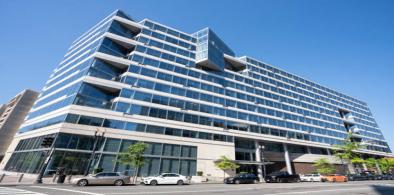

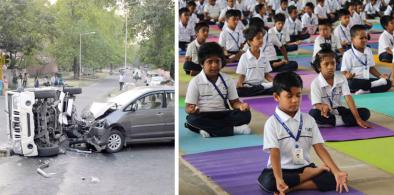

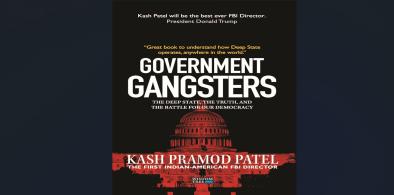










Post a Comment